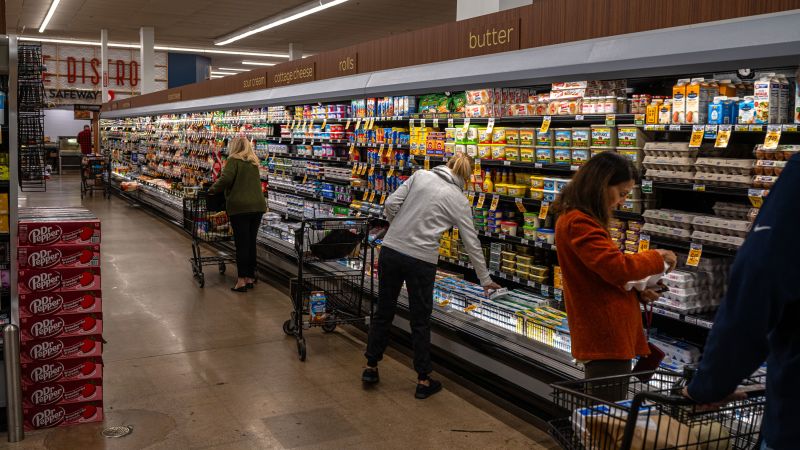US consumers remain unimpressed with this progress, however, because they remember what they were paying for things pre-pandemic. Used car prices are 34% higher, food prices are 26% higher and rent prices are 22% higher than in January 2020, according to our calculations using PCE data.
While these are some of the more extreme examples of recent price increases, the average basket of goods and services that most Americans buy in any given month is 17% more expensive than four years ago.



Alternate headline: “Why Humans Dislike Being Poor”
Americans are right now at some of the best economic times, so that’s surprising
There is a disconnect between the statistics and reality. I am not sure where, but I suspect inflation is not being calculated correctly. It may be that lower cost items rose at a higher rate, so even though it averages out, it’s harder to reduce spending. 17% doesn’t seem to match the numbers I’ve seen for take out and home prices for example.
At the end of the day, it doesn’t matter what’s on a chart it matters how many things people had to choose to not buy or do because they couldn’t afford it.
Rent/housing is like a third of CPI, it’s already being taken into account. Remember, CPI already talked into account these numbers, including higher food costs. But it also takes into account that energy costs did not increase as quickly. Even if some things went up 30%, if other things go up 10% the average can’t possibly be 30%
Also consumer spending is very strong in America right now, so even if some people can’t afford things, other people are way outspending them
The CPI only takes rental prices into account, not home purchases or rental values. Additionally, it only captures active rentals, not asking prices, meaning that it has significant lag and is a poor indicator for trends in rental prices.
This is true, but the average person is paying a mortgage or rent, not moving every single month so the current rental price is the most relevant to people’s expenses